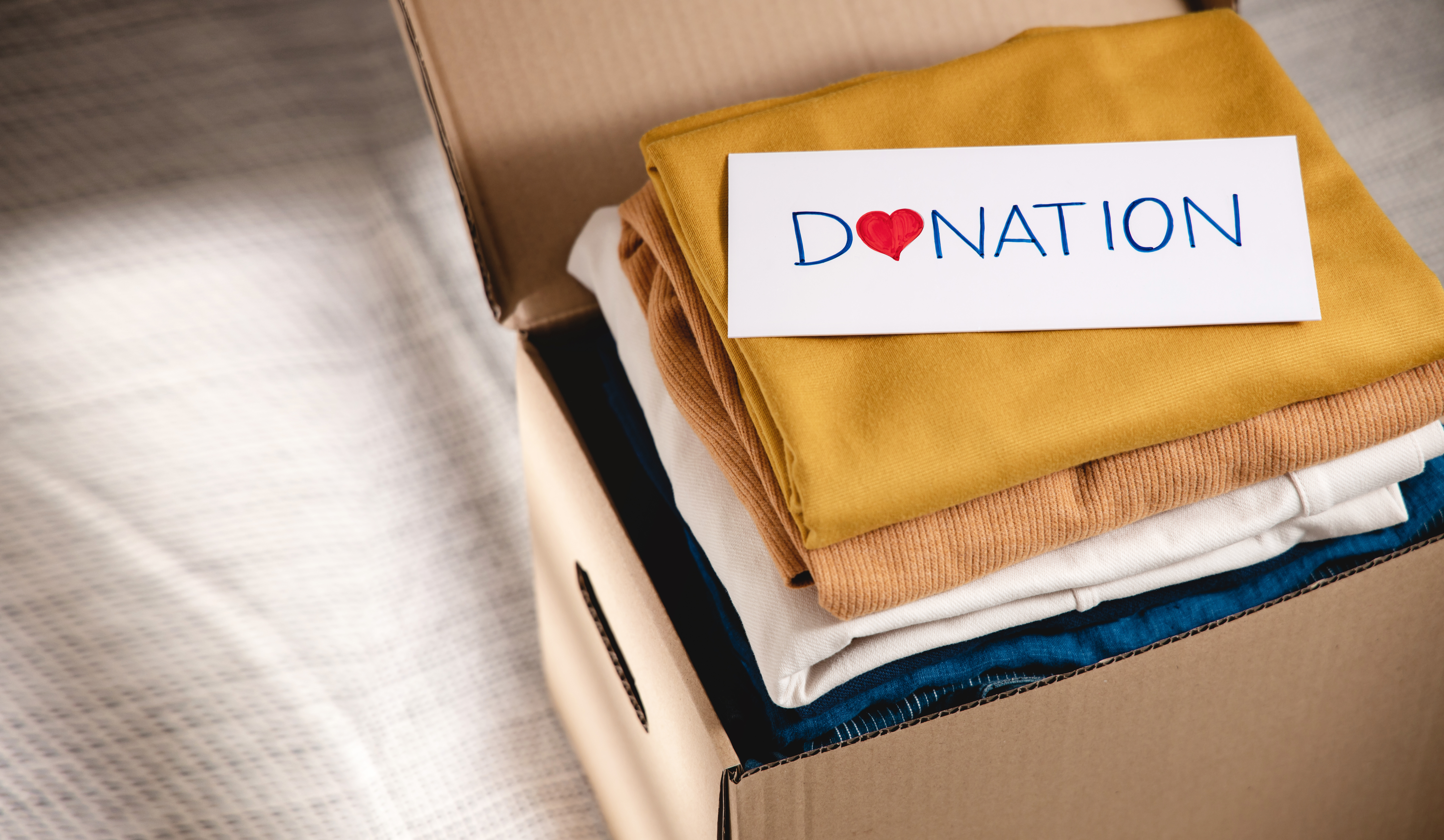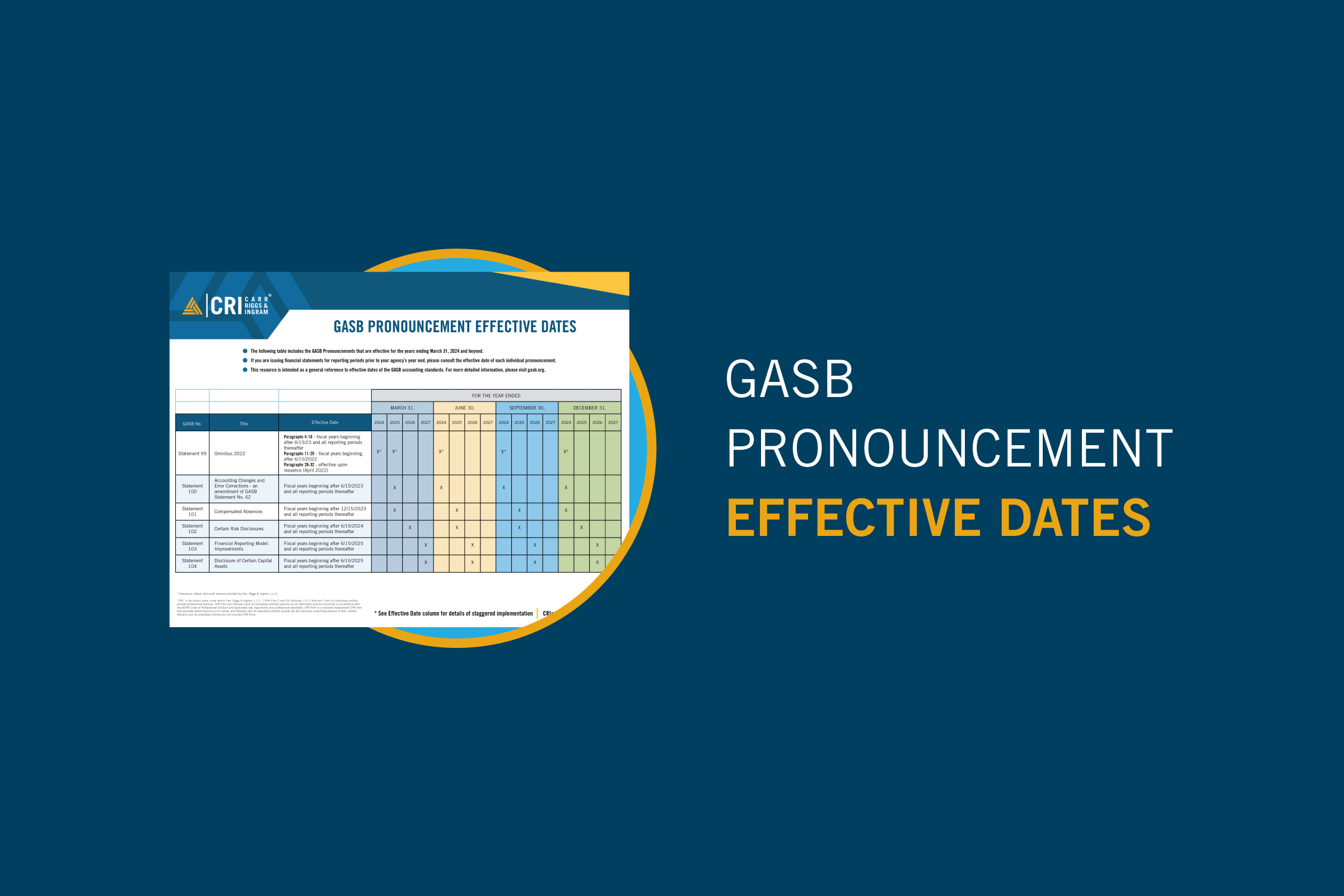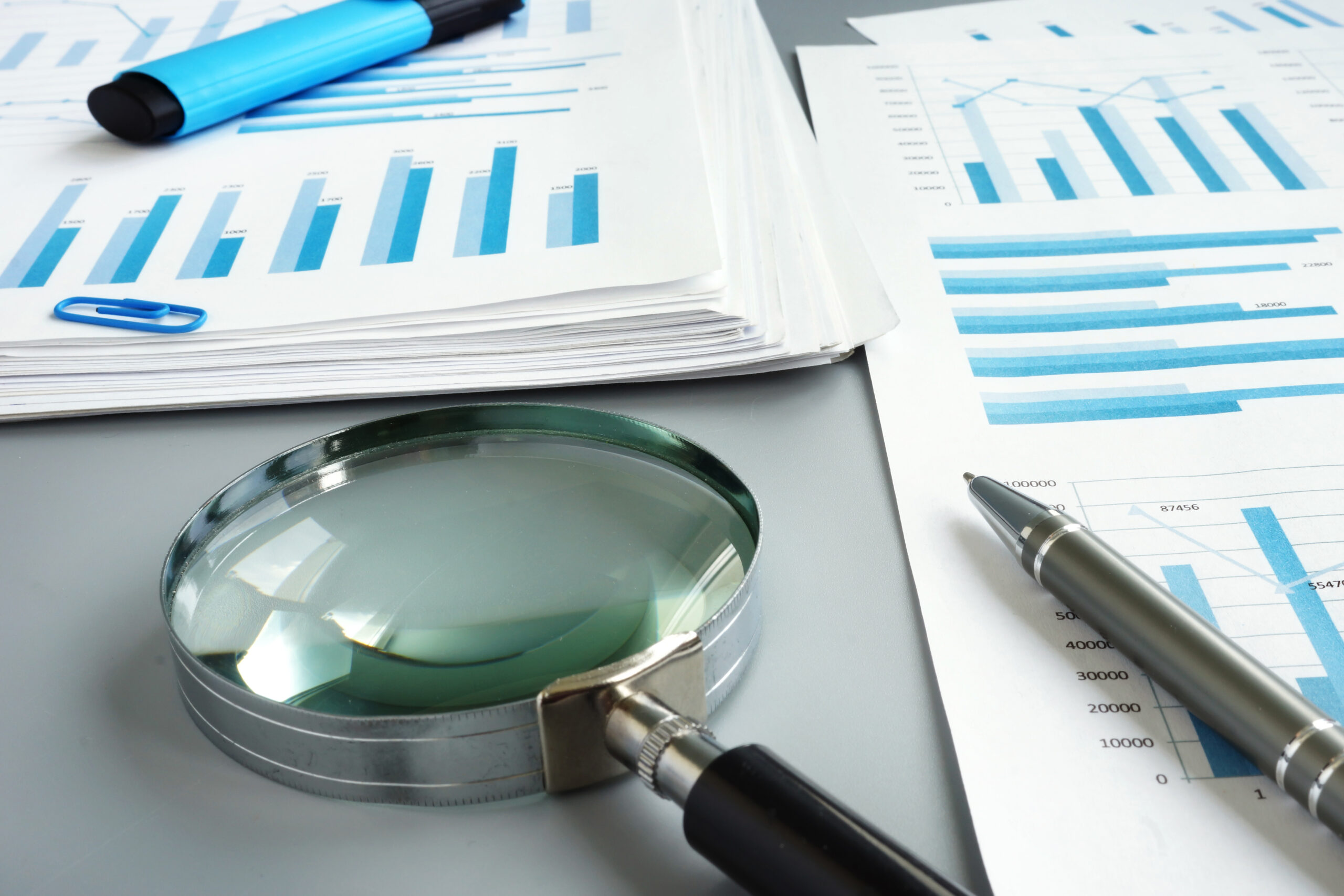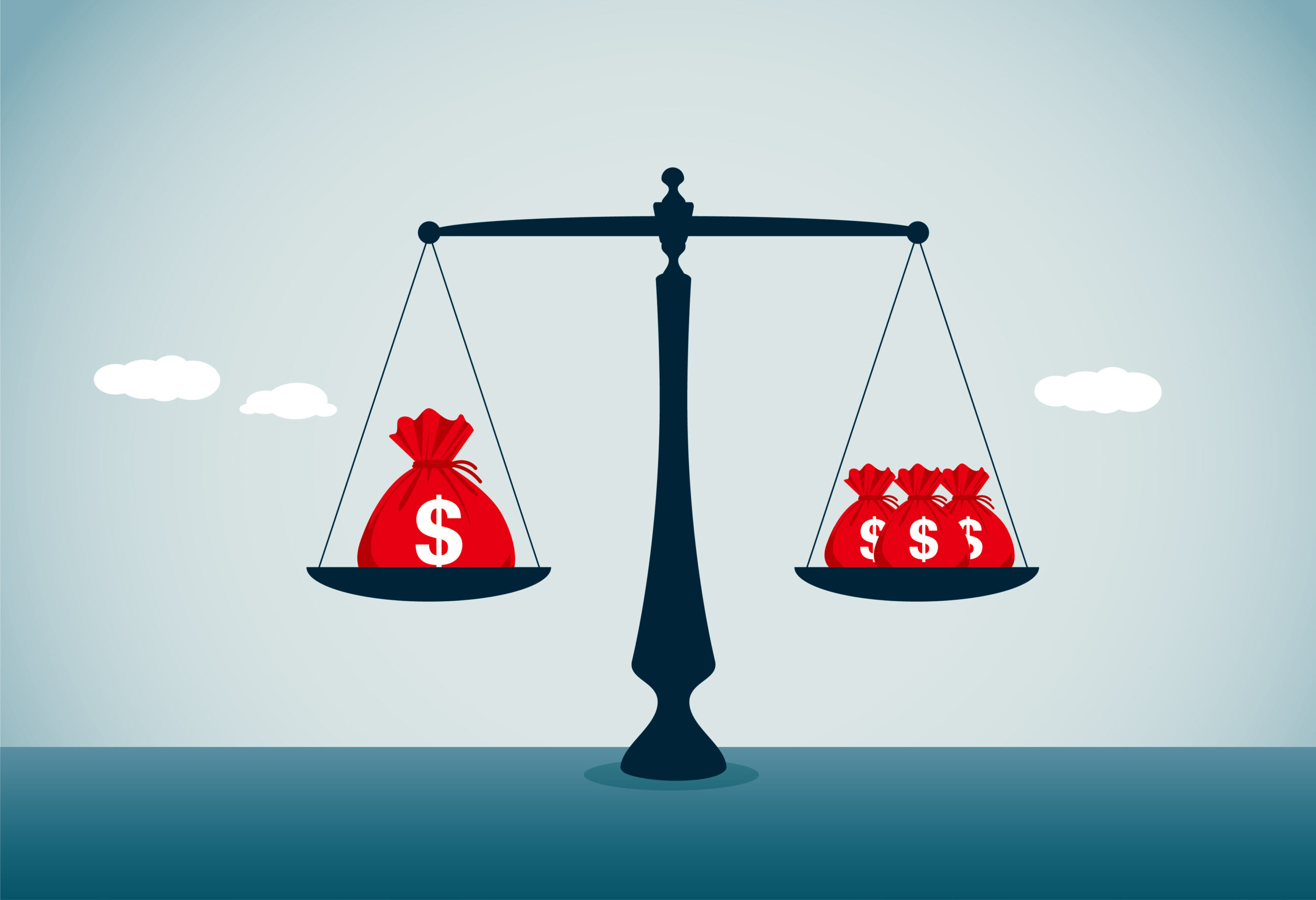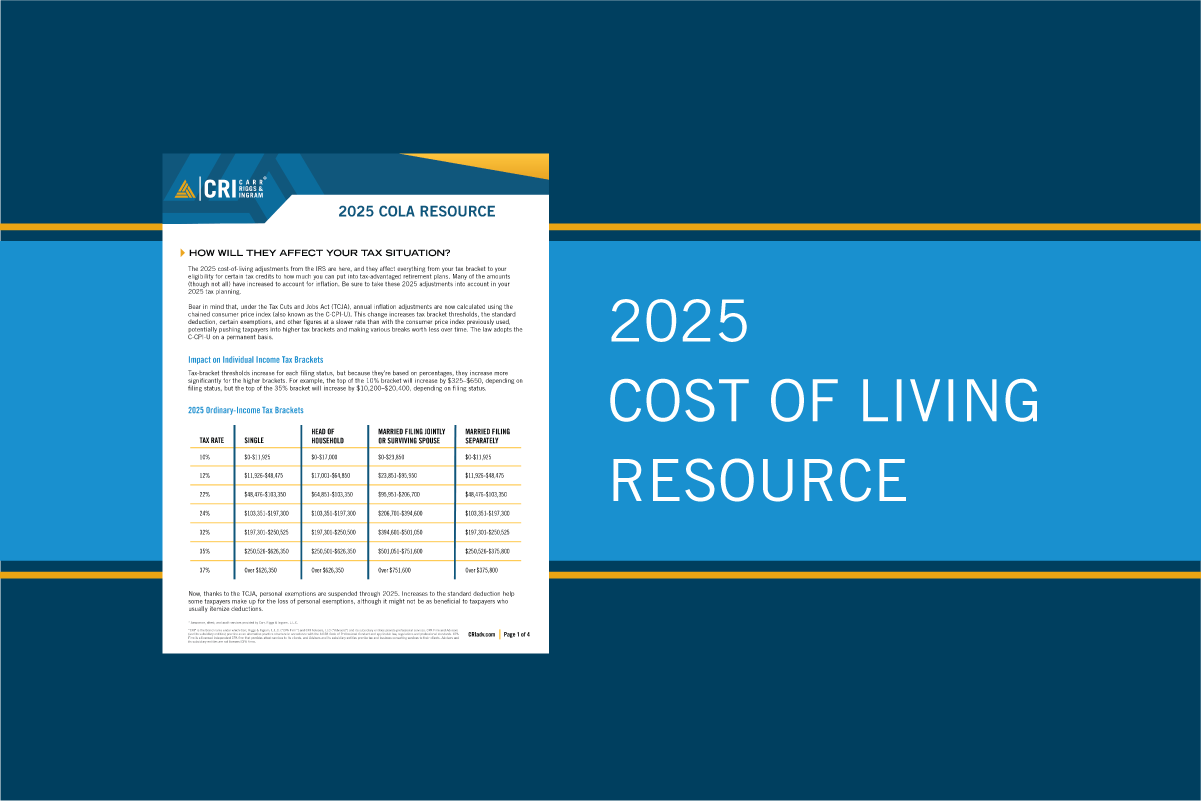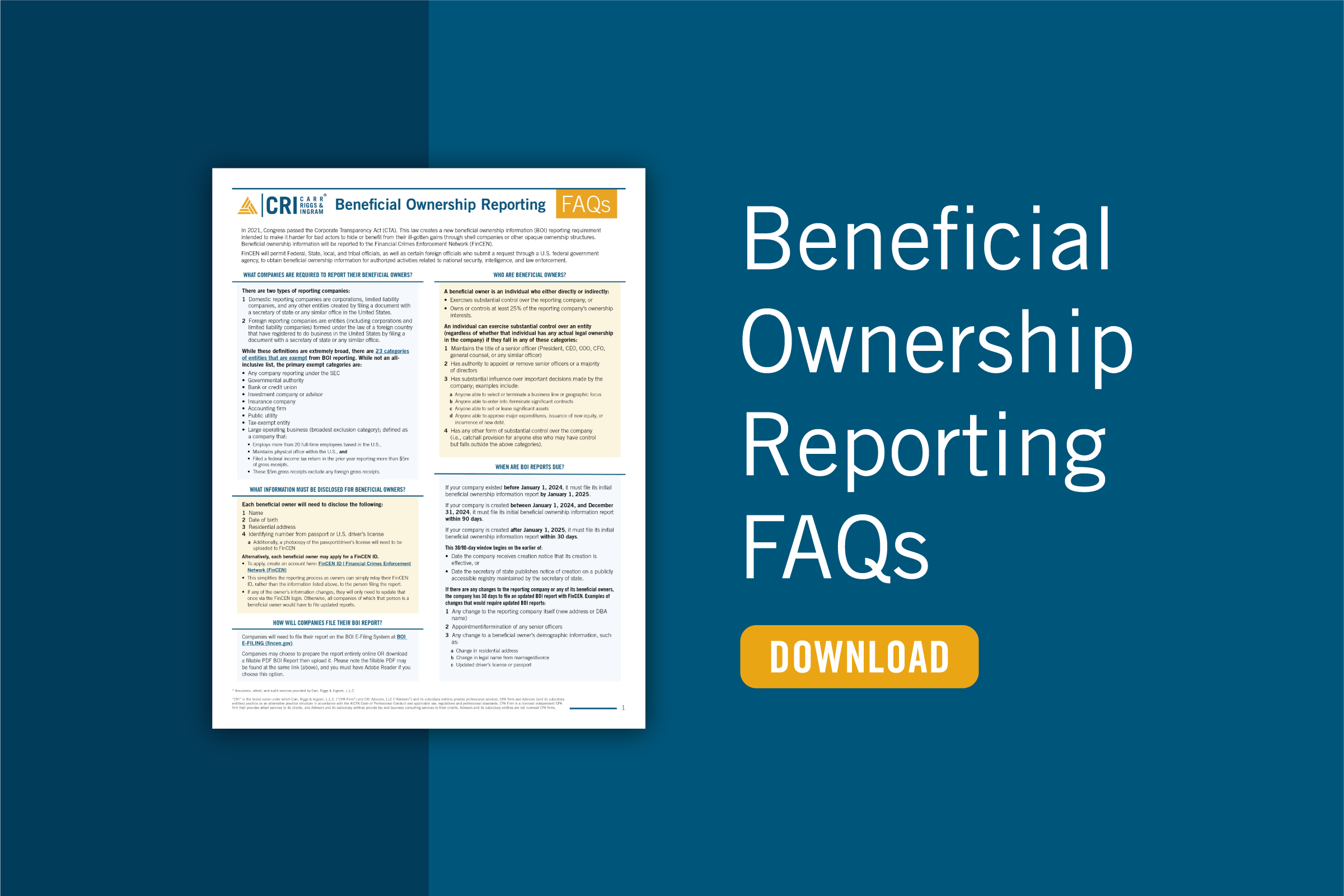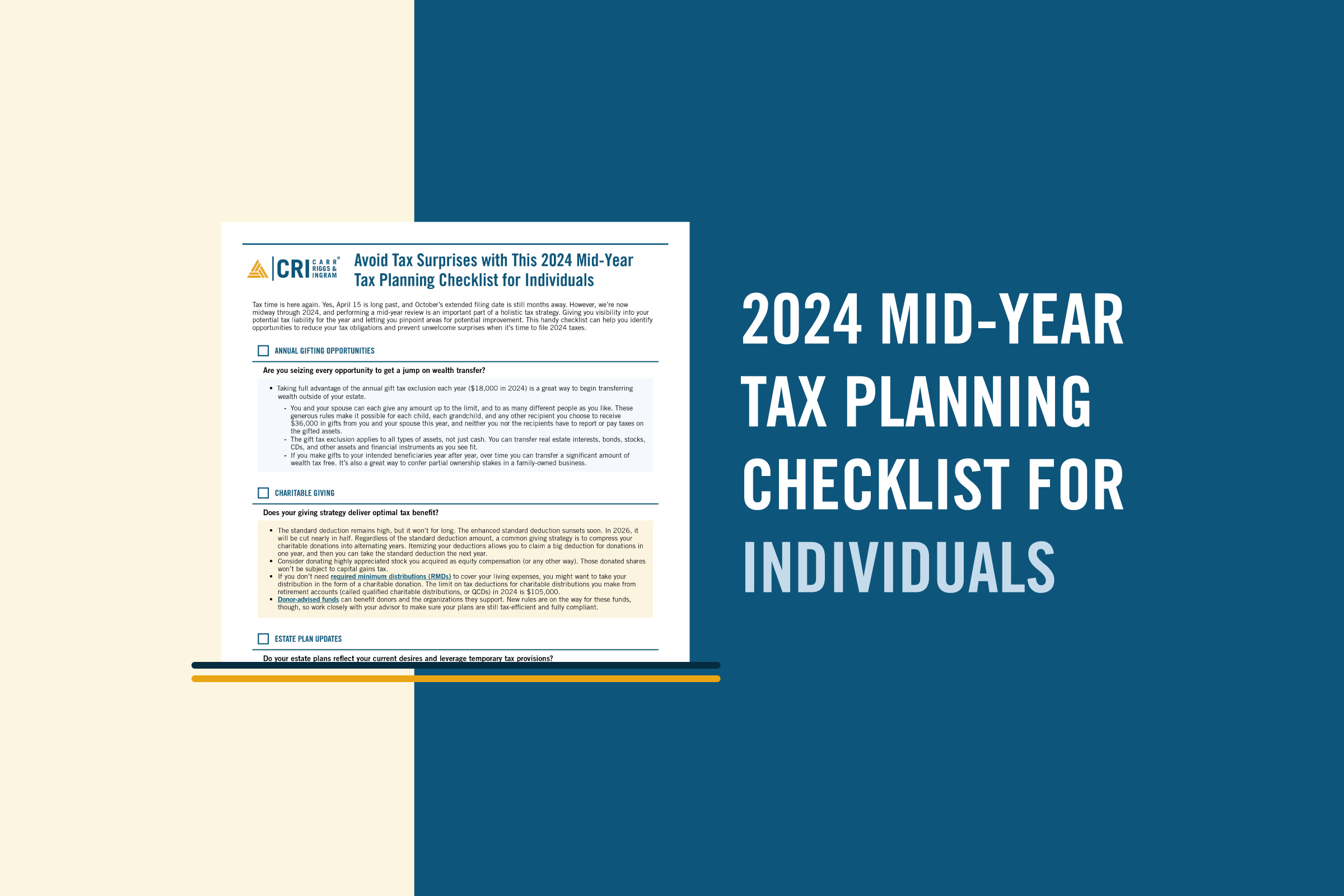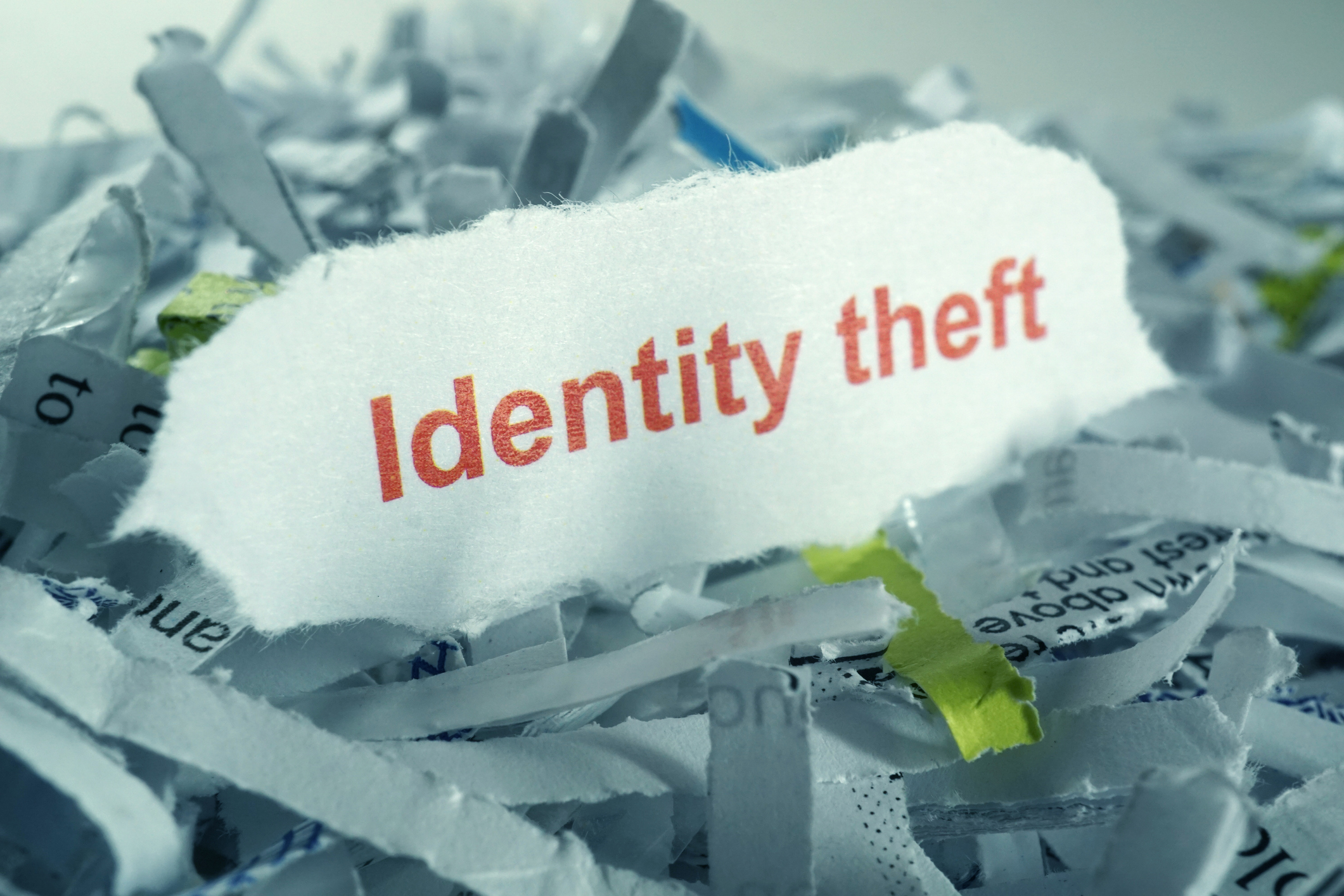New Businesses Face Challenges When Proving Damages Based on Lost Profits
- Contributor
- J.P. Tujague
Jul 1, 2023
Most entrepreneurs don’t go into business thinking they’ll wind up in court having to document their profits and losses. But every year, many businesses find themselves having to make a claim for damages.
For established businesses with a few years’ worth of financials, it’s relatively straightforward to project losses that might arise from the event that gave rise to a claim, particularly if the business created financial projections prior to that event. However, sometimes disaster strikes in the early days of growing a business or even before it opens. Whether the calamity that befalls the startup is some unforeseen natural disaster like a hurricane (or a pandemic), or a legal wrong like the breach of a critical contract, the business will face an uphill struggle to establish any claim for lost profits.
How can a business with no financial track record demonstrate to a court or an insurance company the profits that it could reasonably expect to have made during the period it was (or will be) closed down? The process can be challenging, but the law does provide new businesses with a way to make a claim for lost profits.
Out With the “New Business Rule,” in With “Reasonable Certainty”
For many years, courts applied a “new business rule” to claims for lost profits from businesses with no economic track record. The rule held that any claim of lost profits by a business with no significant financial history was inherently speculative and therefore inadmissible when considering damages.
Today, many courts have moved from the strict “new business rule” to a more subjective rule of evidence that gives business owners the opportunity to prove, with reasonable certainty, what their profits could have been if they hadn’t suffered harm. In effect, the courts’ previous rule was: Any evidence of lost profits at a new business is too speculative to consider. The new, more relaxed standard applied in many federal and state courts is: Courts will hear evidence on the profits claimed to be lost and determine if they’re reasonable under the circumstances.
A business with a sufficient track record might be able to use the “before and after” method, which is an analysis to show how profits dropped after revenues were affected by the natural disaster or the actions of the defendant. For those businesses that don’t have enough “before” information to support a before-and-after comparison, a “yardstick” analysis can compare them to another company in the marketplace that is significantly similar, to demonstrate reasonable expectations for growth.
Defending Lost-Profit Claims
The success of a lost-profit claim often comes down to the work of a damages expert who can create reasonable financial projections on the plaintiff’s lost income. To be effective, the expert must have experience and credentials that the court will respect. The expert will need to make the case for the profitability of the business for whatever time it was in operation. The expert should also be able to speak knowledgeably on the plaintiff’s industry, and the extent to which the economic sector could impact the business’s potential profitability.
The opposing side will likely push back, citing competitive forces that would have resulted in significantly lower total revenues — leaving the plaintiff with little or no lost profits to be recovered. The defendant may also challenge the reasonableness of any projections, question whether any market exists for the plaintiff’s product, and suggest that the yardstick companies that were used to calculate damages are not legitimate comparisons to the plaintiff. The plaintiff’s lack of any real economic track record will always present significant challenges in this area, even with the best of experts supported by thoroughly documented and well-supported financial projections. However, the plaintiff’s case can be considerably enhanced if the well-supported financial projections were utilized to successfully secure a loan for the new business through a top-tier lender prior to the event causing the loss.
Want to learn more about how your new business can establish a case for damages based on lost profits? Don’t hesitate to get in touch with CRI’s team of litigation support specialists.





